The 10th anniversary of the International Space Station (ISS) is on July 26. On this day 10 years ago, the Russian module Zvezda was added to the International Space Station, providing a living and working area for cosmonauts and astronauts.

The 10th anniversary of the International Space Station (ISS) is on July 26. On this day 10 years ago, the Russian module Zvezda was added to the International Space Station, providing a living and working area for cosmonauts and astronauts.
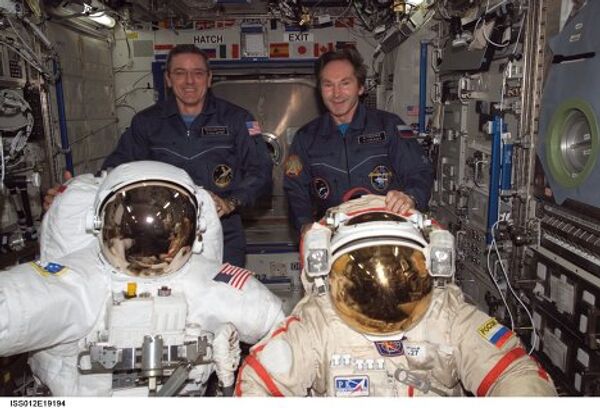
The ISS is the largest scientific and technical project in recent history. Sixteen countries participate in it, including Russia, the United States, Japan, France, Germany and Britain.
Photo: space pilots William MacArthur and Valery Tokarev.
Photo: space pilots William MacArthur and Valery Tokarev.
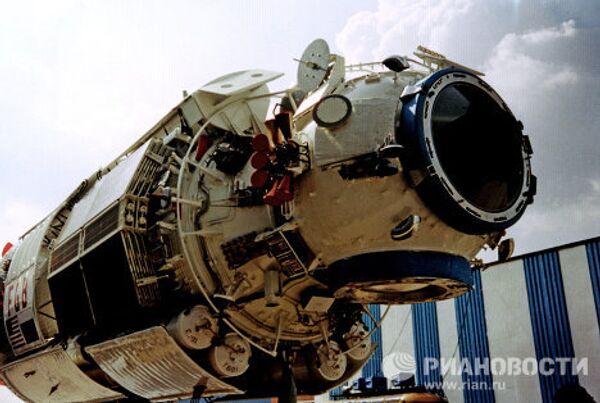
The development of the International Space Station began with a near-Earth orbit on November 20, 1998, with the first module – the Functional Cargo Block (FCB) Zarya – being launched with the aid of the Russian Proton-K carrier rocket.

In December 1998, the Space Shuttle Endeavor successfully put the Node-1 (Unity) module into orbit and docked it with the FCB Zarya.
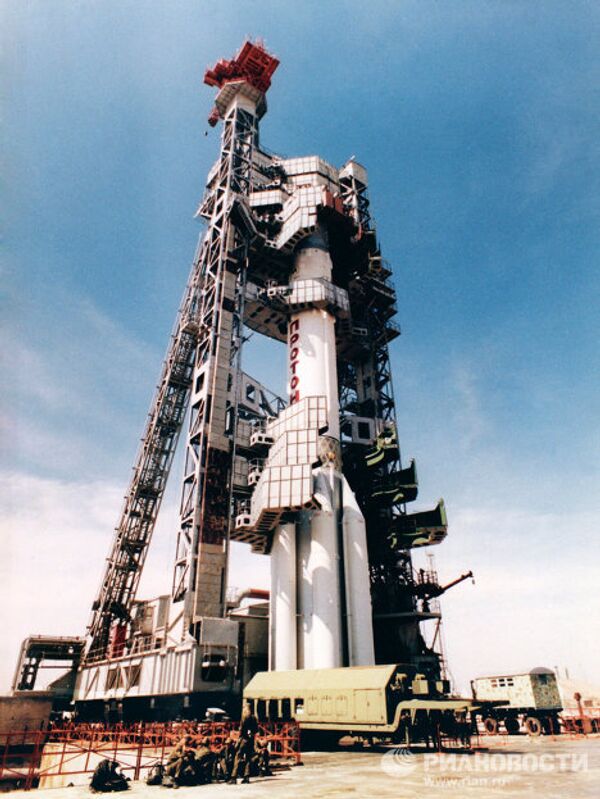
In July 2000, the Russian carrier rocket Proton-K successfully put the third module of the ISS into orbit – the Zvezda service module.
Photo: the Russian carrier rocket Proton-K at the launch pad.
Photo: the Russian carrier rocket Proton-K at the launch pad.
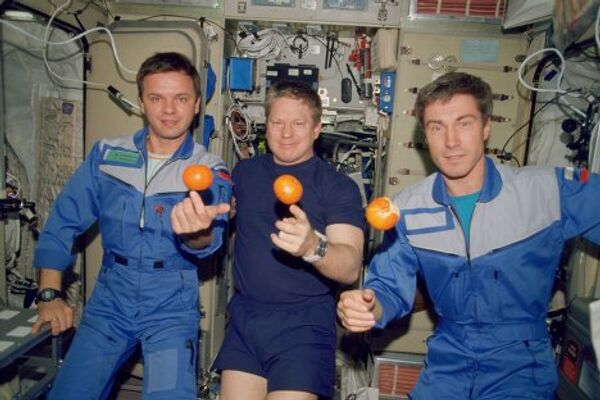
In November 2000, the first crew of the first main expedition (ISS-1) arrived on a Soyuz TM-31 spacecraft: William Shepherd (commander), Yury Gidzenko (pilot) and Sergei Krikalyov (onboard engineer).
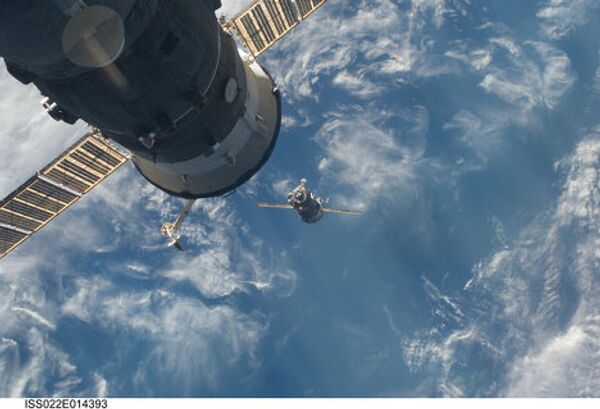
Russian Soyuz spacecraft have an extensive record of space flight and have served as escape vehicles for crew in case they need to flee the station. One of these escape vehicles is continually docked at the ISS.

In November 2009, the construction of the Russian section of the ISS continued – the small MIM-2 Poisk research module was docked with the Zvezda service module.
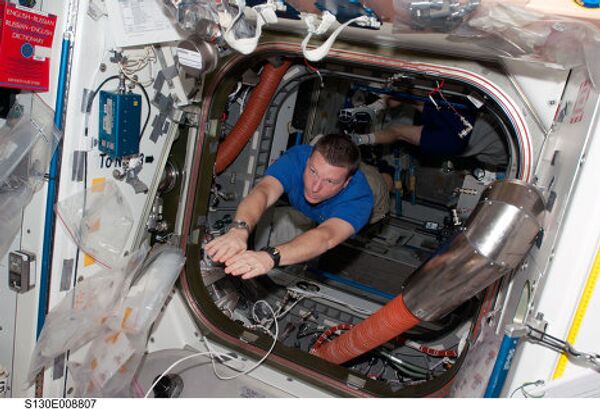
In February 2010, the Node 3/Tranquility module, which contains life-support equipment capable of processing liquid waste into potable water as well as oxygen for breathing, was delivered to the ISS. In addition, Tranquility has a toilet and an atmosphere revitalization system that removes pollutants from the station's atmosphere and controls its composition.
Photo: astronaut Terry Virts in the Node 3/Tranquility module.
Photo: astronaut Terry Virts in the Node 3/Tranquility module.
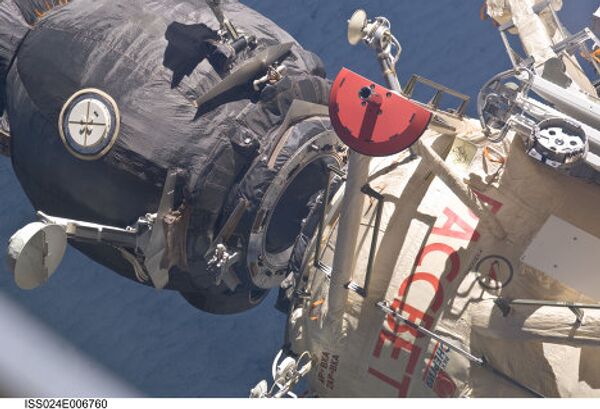
On May 15, 2010, the American Space Shuttle Atlantis successfully delivered the small research module Rassvet (MIM-1), which was docked with the FCB Zarya, completing the station’s Russian laboratory group.
Photo: Soyuz TMA-19 and the small research module Rassvet (MIM-1)
Photo: Soyuz TMA-19 and the small research module Rassvet (MIM-1)
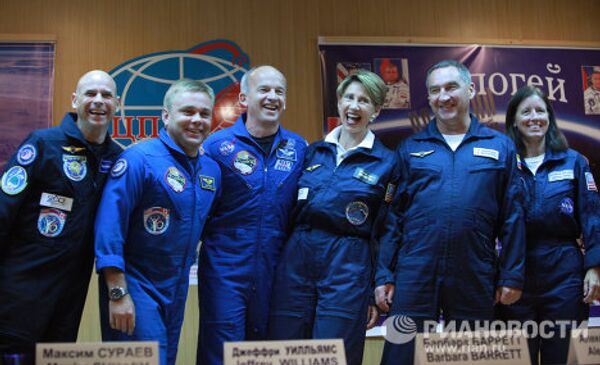
On May 29, 2009, the ISS crew was increased from three to six people.
Photo: The main crew and the backup crew of Expedition 21 to the ISS (from left to right): space tourist Guy Laliberte (Canada), Russian cosmonaut Maxim Surayev, NASA astronaut Jeffrey N. Williams, space tourist Barbara Barrett (U.S.), Russian cosmonaut Alexander Skvortsov and NASA astronaut Shannon Walker before the launch of the Soyuz TMA-16 manned spacecraft.
Photo: The main crew and the backup crew of Expedition 21 to the ISS (from left to right): space tourist Guy Laliberte (Canada), Russian cosmonaut Maxim Surayev, NASA astronaut Jeffrey N. Williams, space tourist Barbara Barrett (U.S.), Russian cosmonaut Alexander Skvortsov and NASA astronaut Shannon Walker before the launch of the Soyuz TMA-16 manned spacecraft.

Since the beginning of the station’s construction, around 190 people have been inside.
Photo: The crew of Expedition 16 to the ISS: Malaysian cosmonaut Sheikh Muszaphar Shukor, Russian cosmonaut Yuri Malenchenko and NASA astronaut Peggy Whitson.
Photo: The crew of Expedition 16 to the ISS: Malaysian cosmonaut Sheikh Muszaphar Shukor, Russian cosmonaut Yuri Malenchenko and NASA astronaut Peggy Whitson.
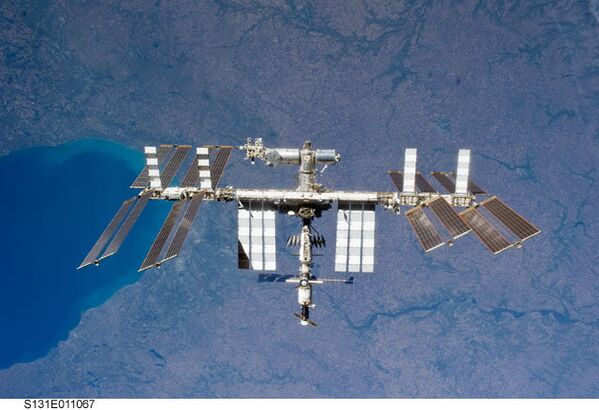
Since the station orbits the Earth every 90 minutes at an altitude of about 340 kilometers, its inhabitants see a sunrise or sunset every 45 minutes.
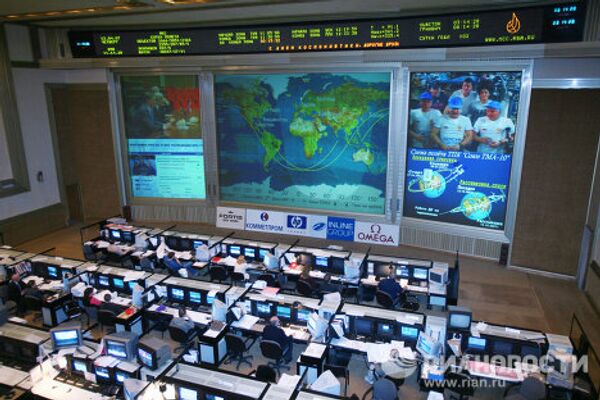
The ISS has two mission control centers: a Russian center in the city of Korolyov in the Moscow Region and a U.S. center in Houston. Working groups of experts from the other countries are present at each of the centers.

The station will be in orbit until 2016-2020.



